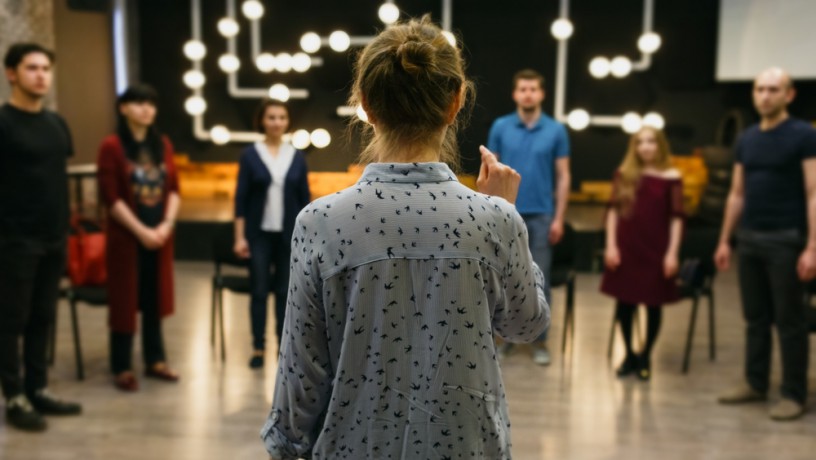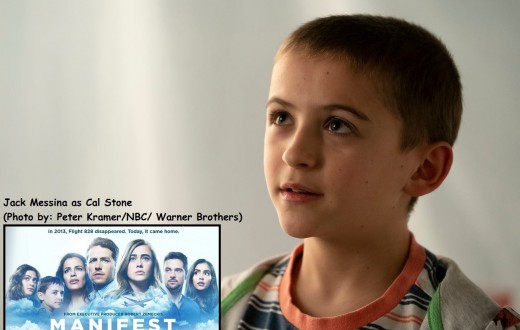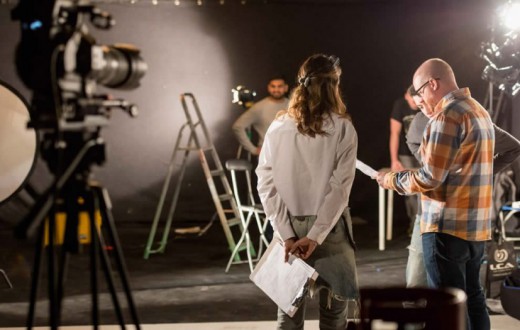“Acting is behaving truthfully under imaginary circumstances.” – Sanford Meisner
“Acting is not about being someone different. It’s finding the similarity in what is apparently different, then finding myself in there.” – Meryl Streep
Opening the door to a discussion of various acting techniques can be as perilous as bringing up topics like politics and religion at Thanksgiving dinner with distant relatives. Tears have been shed, friendships have ended, and I’d even bet that blood has been spilled in what started out as civil discussions of the relative merits of Stanislavsky, Strasberg and Meisner.
But despite the contentious nature of such discussions, they must nevertheless be addressed, if for no other reason than that choosing one technique over another can have great consequences for an actor. Here then is a very, very abridged and all-too-brief overview of some of the better known schools of thought on acting technique.
1. Stanislavsky
Konstantin Stanislavsky is widely considered to be the grandaddy of most modern acting techniques, the fount from which much of modern acting stems. He was among the first modern practitioners of theater to suggest that acting could be broken down into a step-by-step formula that involved more than vocal and physical training. Stanislavsky’s “System” involved a holistic, psychophysical approach he termed the “art of experiencing” in which actors are taught to direct their conscious thought to activate subconscious and emotional responses to justify the character’s actions.
2. Strasberg and The Method
Building on Stanislavsky’s System, Lee Strasberg is most closely associated with developing what became known as The Method, and the founding of The Group Theater. Strasberg focused exclusively on the psychological aspects of the actor’s own real-life experiences, prompting them to use the personal emotions generated by those experiences to elicit responses to on-stage stimuli. Perhaps the clearest explanation of the main difference between Stanislavsky and Strasberg is that Strasberg would have the actor ask themselves what would motivate them, the actor, to behave in the way the character does, through recalled personal experiences and emotional responses. Strasberg labeled this technique “affective memory.” Stanislavsky on the other hand would emphasize that the actors were also working with the given circumstances of the play, not directly from their personal experiences, and that actors could just as easily come to develop their characters from the “outside-in” as from the “inside-out” of Strasberg’s affective memory work. Some of Strasberg’s students include James Dean, Elia Kazan, Dustin Hoffman, and Al Pacino.
3. Michael Chekhov
Chekhov was considered by Stanislavsky to be one of his most promising students. He suffered a nervous breakdown when applying Stanislavsky’s memory work, which informed the way Stanislavsky delimited the use of such techniques. Chekhov subsequently further developed the teacher’s “outside-in” approach to acting technique and building a character, which he called the “Psychological Gesture.” With this method, the actor physicalizes the character’s need or internal struggle with an outward gesture, which is subsequently suppressed and internalized, allowing the physical memory to inform the actor’s performance subconsciously. Chekhov’s techniques have been notably incorporated by actors like Jack Nicholson, Clint Eastwood, Marilyn Monroe and Yul Brenner.
4. Stella Adler
Stella Adler was also a student of Stanislavsky, and a member of the Group Theater, but parted ways with Strasberg and his Method when she found that his emphasis on the personal emotional and psychological approach was too high a price for an actor to pay: “Drawing on the emotions I experienced — for example, when my mother died — to create a role is sick and schizophrenic. If that is acting, I don’t want to do it,” she said. Instead, Adler developed techniques that helped actors to use their imagination to generate emotional responses within the given circumstances of a script rather than dredging up their personal emotional trauma and putting it on display. She considered half the actor’s job to be internal: imagination, emotion, action, will – and half external: characterization, physical movement, voice, etc.
5. Sanford Meisner
Meisner was an early member of The Group as well, but didn’t take long to become disenchanted with Strasberg’s emphasis on affective memory work. He, like Adler, sought to emphasize the actor’s imagination and honest reactions to the given circumstances of the text with which they were working rather than emphasizing the internal emotions of the actor himself. Meisner’s approach prompts that actor to “get out of their head,” and focus instead on their scene partners, rather than intense internal analysis and reliving psychological and emotional trauma. His technique involved a series of interlocking exercises emphasizing the actors improvising and reacting to one another, and out of that, developing an internal emotional life for their characters. The list of Meisner-trained actors is insanely long, but includes Robert Duvall, Jeff Bridges, John Turturro, James Gandolfini, Stephen Colbert and James Caan.
6. Uta Hagen
No list of acting techniques would be complete without mentioning Uta Hagen, author of 1973’s “Respect for Acting,” which still graces the reading lists of many theater students nearly 50 years after being published. A gifted actor who originated the role of Martha in “Who’s Afraid of Virginia Woolf” and who toured as “Streetcar Named Desire’s” Blanche DuBois opposite four different Stanleys, including Marlon Brando and Anthony Quinn, Hagen later credited director Harold Clurman for compelling her to give up her “tricks” that she used “to construct the mask for my character, the mask behind which I would hide throughout the performance. Mr Clurman refused to accept a mask. He demanded ME in the role.” Her technique involves something she called “substitution,” and later changed to “transference,” in which the actor should identify their own thoughts and feelings with those of their character. However, Hagen’s rather complex technique diverged from Strasberg’s Method by emphasizing that those “thoughts and feelings are suspended in a vacuum unless they instigate and feed the selected actions.” Some of Hagen’s students include Jack Lemmon, Matthew Broderick, Charles Grodin and Gene Wilder.
By the time you’ve gotten this far, you’ve probably noticed that there seems to be a lot of overlap and aspects of similarity between various techniques mentioned here. That’s because they are similar in lots of ways. And truth be told, while people will argue the merits of various schools of acting thought to death, most good acting teachers incorporate aspects of more than one, often several.
One strong word of advice that you’ll hear over and over again is that if an acting instructor you meet promotes one and only one technique to the point of denigrating others – in other words, if they come across as a true believer who drank the Kool-Aid, you might reconsider working with them. You only have to look at the actors’ names associated with each school of thought above to realize that there is more than one legitimate approach to acting.
But at least with this admittedly brief and incomplete primer, you’ll have some idea of what you’re getting into!







